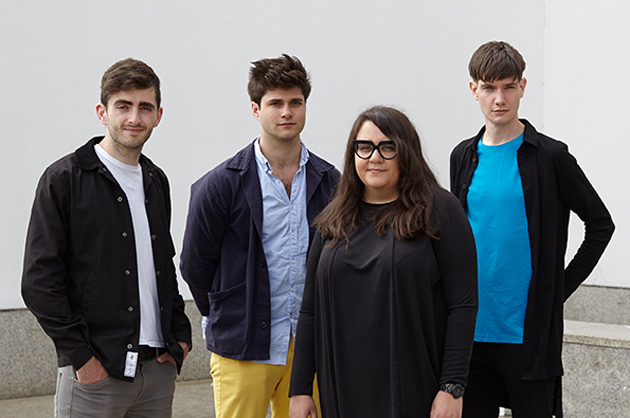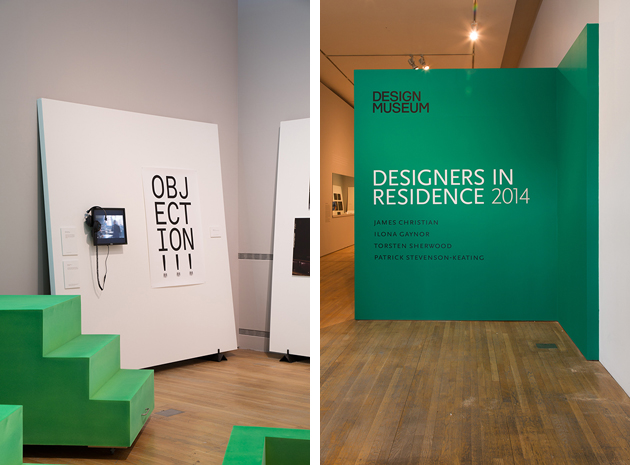
As every other area of human activity, design is subject to fashion. Different types of practices can grow and evolve exponentially over different periods on time, depending on social contexts, political climate, cultural milieu or technological development. Looking back at the last couple of decades, it is easy to trace designers’ obsession with disparate, yet equally specific issues (ranging from digital revolution to speculative design), that responded, often abruptly, to the overall climate of the time. If we look at design practice today, we can easily note how certain topics and ideas are exploited up to a point where they become part of the mainstream, fashionable, culture, often loosing their meaning in the process. Such is the case with the idea of disruption and design as a political force that can influence and shift processes in society. It is, therefore, meaningful that this year’s Designers in Residence program at the Design Museum in London would take over the theme of disruption, precisely with the aim of restoring its original meaning as a force that “interrupts established ways of thinking, diverges from traditional practices and proposes new, unexpected ideas”.
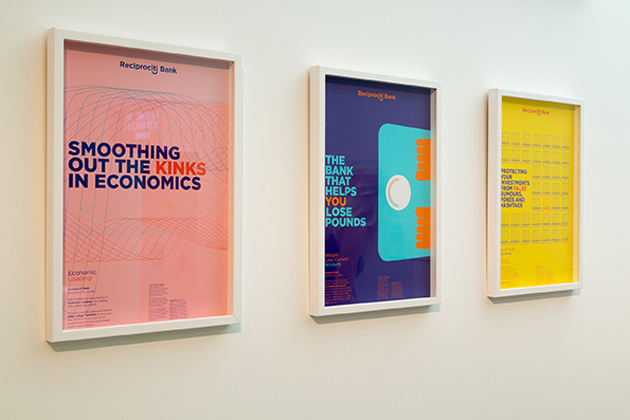
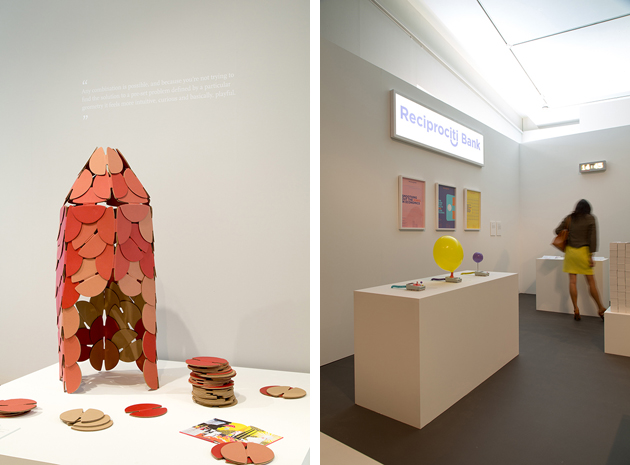
After several months of work within the museum’s walls, this year’s four designers in residence have proposed thematic projects that dealt with the idea of disruption within specific areas of activity. James Christian worked on the topic of social housing by re-examining London’s pre-Victorian slums and the chaotic dwellings that once stood on London Bridge, starting from the past to develop a series of hypothetical housing models for the city of today. Ilona Gaynor worked on the judicial system, repositioning the courtroom as a television studio and revealing the intricacies and inconsistencies of the legal sphere. Taking on a more material approach, Torsten Sherwood presents an alternative archetype for the construction toy, moving beyond the familiar building brick and offering new possibilities for builders of all ages. Lastly, questioning our use of financial technologies, Patrick Stevenson-Keating suggests new metrics by which to measure value by designing a working cash machine, a new currency and devices for credit card payments that explore how economic objects shape society’s broader values.
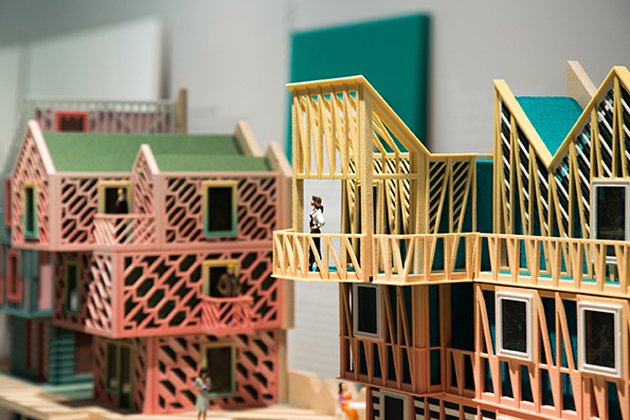
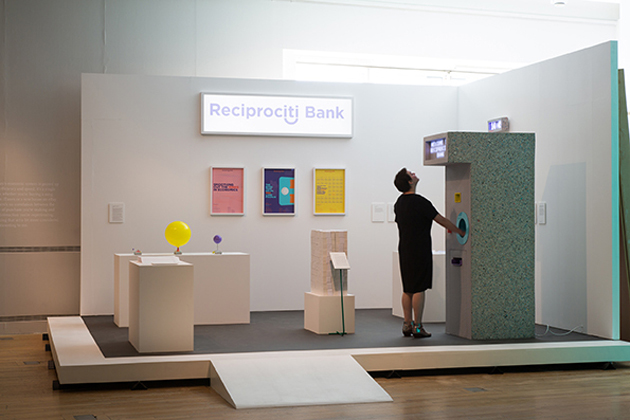
Exploiting different media, approaches, processes and areas of activity, this year’s Designers in Residence exhibition (running through March 8th 2015) offers an insight into the breath and scope of design practice. It shows how design can build communities, bridge gaps in knowledge and understanding, question issues and commonly accepted truths; mostly it shows how design can be disruptive and challenging, yet only when it clearly avoids being in vogue.
